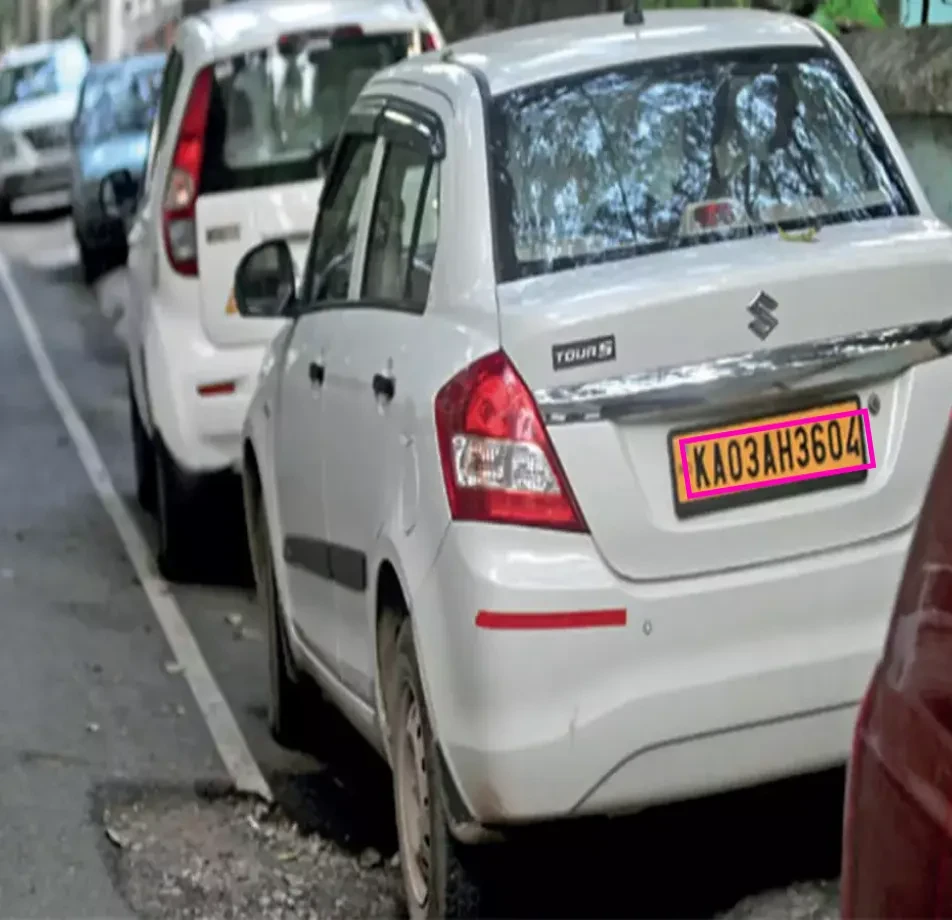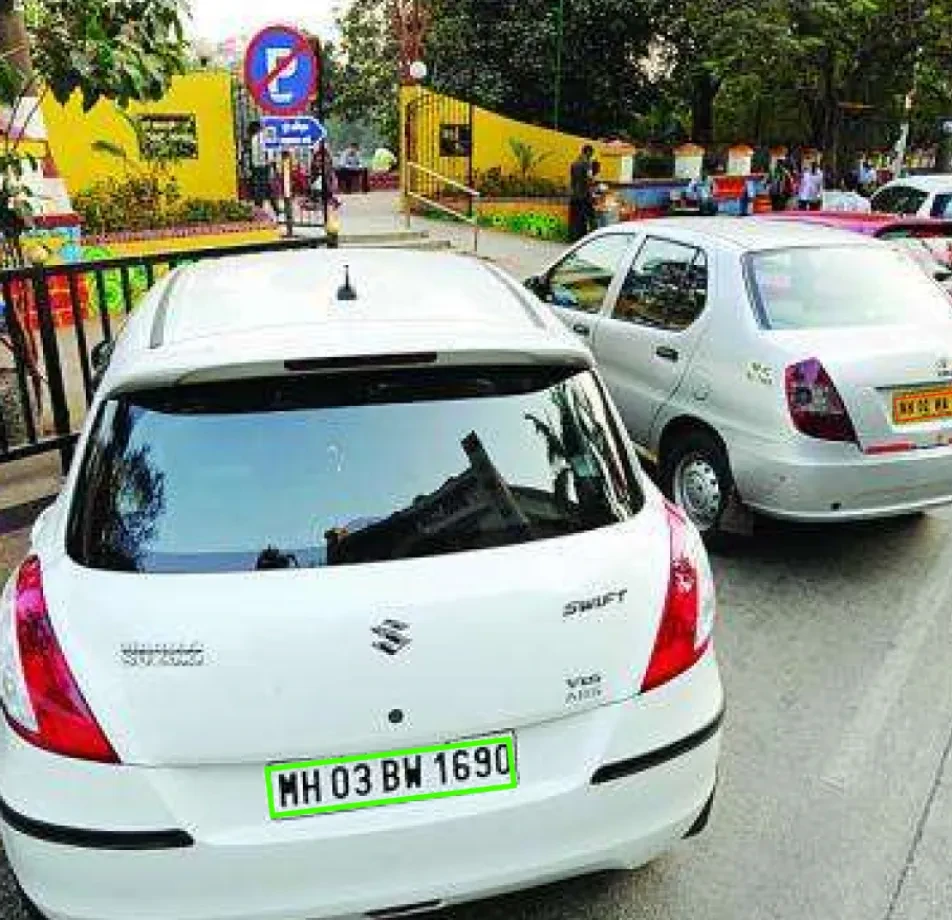License Plate Recognition for Parking Management
Home » Case Study » License Plate Recognition for Parking Management
Project Overview:
Objective
The objective of License Plate Recognition (LPR) for parking management is to enhance parking efficiency and security by automating vehicle identification and access control using image processing and machine learning technologies.
Scope
The scope of (LPR) for parking management involves automating vehicle identification, access control, and payment processing in parking facilities, with considerations for accuracy, privacy, and integration.




Sources
- Industry Journals: Industry-specific publications provide insights into the latest trends and best practices in License Plate Recognition (LPR) technology for parking management.
- Vendor Documentation: Documentation and resources from LPR technology providers offer practical guidance and solutions for implementing LPR systems in parking facilities.



Data Collection Metrics
- Capture Rate: Measures successful plate captures.
- Accuracy Rate: Evaluates correctness compared to ground truth data.
Annotation Process
Stages
- Image Capture: Capture images or video footage of vehicles entering and exiting the parking facility.
- Image Preprocessing: Enhance and prepare the images for accurate license plate recognition.
- License Plate Detection: Detect and locate license plates within the images or video frames.
- Character Recognition: Recognize and extract characters from the license plates.
- Data Verification: Verify the accuracy of the recognized license plate data.
- Access Control and Payment Processing: Use the recognized data for access control decisions and payment processing as needed in parking management systems.
Annotation Metrics
- Accuracy Rate: Measures correctness compared to a reference or gold standard.
- Inter-annotator Agreement: Evaluates consistency among different annotators when performing the same annotation tasks.
- Annotation Speed: Tracks the time taken for each annotation task.




Quality Assurance
Stages
Data Accuracy Testing: Implement rigorous quality checks to ensure accurate license plate recognition.
Data Security: Safeguard sensitive license plate and vehicle data to protect user privacy.
Compliance with Regulations: Adhere to privacy regulations and ethical standards when handling license plate data to maintain compliance and trust.
QA Metrics
- Defect Density: Measures defects per unit to assess quality.
- Accuracy Testing: Evaluates the accuracy of recognized license plates.
Conclusion
License Plate Recognition (LPR) for parking management has emerged as a game-changer in optimizing parking facilities and enhancing security. By leveraging advanced image processing and machine learning technologies, LPR systems enable efficient vehicle identification, access control, and payment processing.

Quality Data Creation

Guaranteed TAT

ISO 9001:2015, ISO/IEC 27001:2013 Certified

HIPAA Compliance

GDPR Compliance

Compliance and Security
Let's Discuss your Data collection Requirement With Us
To get a detailed estimation of requirements please reach us.
